Sherwood Park Website Design: How Smart Web Design Fuels Better SEO Results
In an era where most customer journeys begin online, your website is more than a digital storefront — it’s your most powerful marketing engine.
For businesses in Sherwood Park, a professional website design doesn’t just impress visitors, it directly influences your visibility in Google search results.
Search engine optimization (SEO) and web design are often treated as separate disciplines. But here’s the truth:
your website’s design has a massive impact on your search rankings. In this in-depth guide, we’ll explain how thoughtful design decisions can significantly improve SEO — and how Sherwood Park businesses can take advantage of that.
